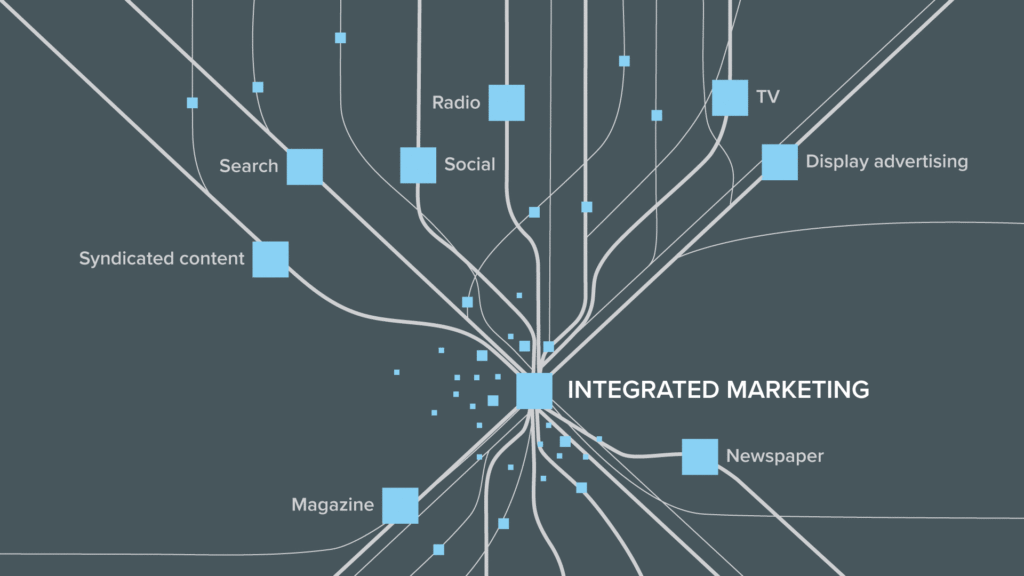These days, a potential customer’s first experience of your brand and its identity happens online.
Does your brand’s online customer experience convey qualities consistent with its identity?
And how do you bring these qualities to life beyond just the User Interface (UI)?
Starting with their own website’s UI design, content and interactive experiences, brands now have a real opportunity to convey brand qualities like never before.
From the very start of “web design”, visual design was harnessed by brands and huge budgets were assigned to designing the “perfect” interface.
Using simple testing techniques, UI designers discovered that they can make small changes to visual elements of an interface, measure the results and optimise the design based on their findings, resulting in those elements performing their function better. Pretty awesome stuff. And that’s a great starting point – the low hanging fruit, if you will.
As the importance of UI design has become more widely appreciated, we’ve even seen a number of brands integrate UI design into their corporate identity guidelines. Initially starting with web-safe colours. Now, as web fonts have come to the party, typography has also become better documented.
But, for reasons I can’t fathom, content and interaction design are often forgotten. Perhaps because it seems more challenging at first glance? How can a piece of content feel luxurious? How can an interaction feel masculine or feminine?
The answer lies in the same methods available to help understand user interface and user experience design – testing, measuring and optimising!
There are of course many methods to conduct each of these steps and how you do that is (sorry) not something I want to talk about today. Instead, I wanted to discuss the areas to consider for building your brand’s interactive personality.
The traits which you can consider (beyond basic appearance attributes covered in UI design, such as colour, type and graphic elements) are very similar to the traits which you, perhaps subconsciously, consider when interacting with a real personality.
- Response to movement
- Response to touch
- General behaviour (usual or unusual)
- Tone
- Manner
- Respect
By considering the elements above (and testing, measuring and optimising) you will find the online space allows you to convey a plethora of qualities.
If you’re interested to see how this can alter a user’s perception of your brand, perhaps start with one specific area of your website. Is it a search function? An interactive form, like your sign-up process? The speed of a transition?
Or, looking at the content you produce, what happens if you design your content as a complete interactive piece, rather than simply posting a bunch of well formatted words. Or what if you start to cater more to users’ needs and less to your own?
The possibilities are countless.
And of course, before you start, do some research, become inspired. And then, as you start working on small areas, stay committed to analysing the results.
Conduct focus groups, ask people to consider specific responses to your questions to make findings easier to act upon.
And finally, what I would dearly love to see, is that these findings make their way into brand guidelines. Consistent treatment of your interactive designs and approach to content will no doubt help to create a more consistent and successful brand personality across the multitude of channels we now find ourselves working in.
If you have great examples of brand qualities being conveyed online, let us know in the comments below.



